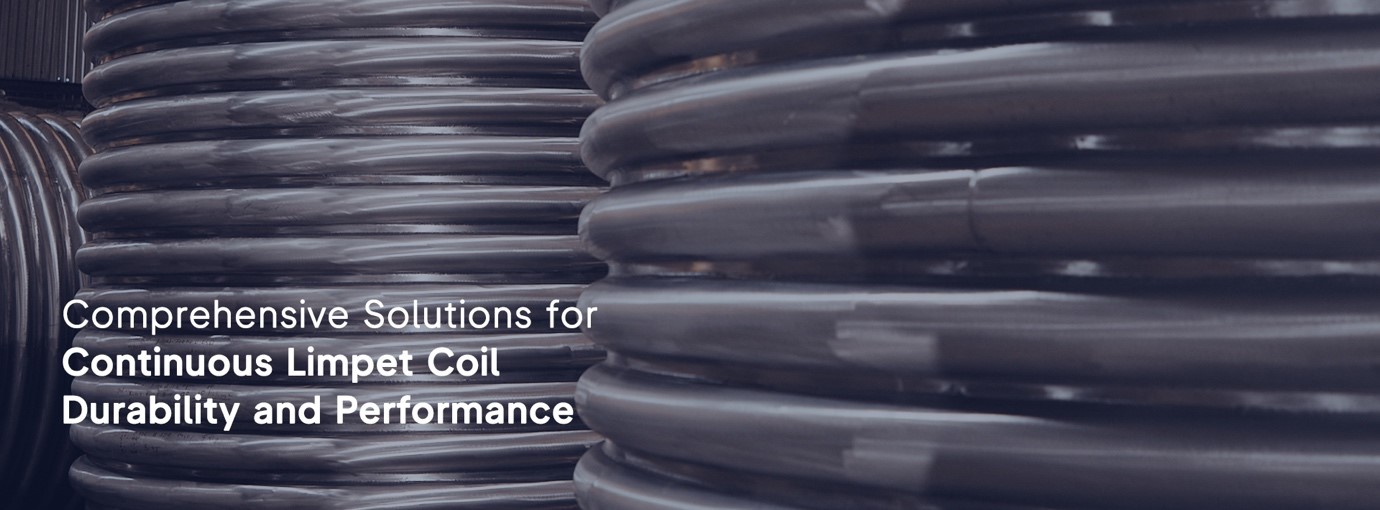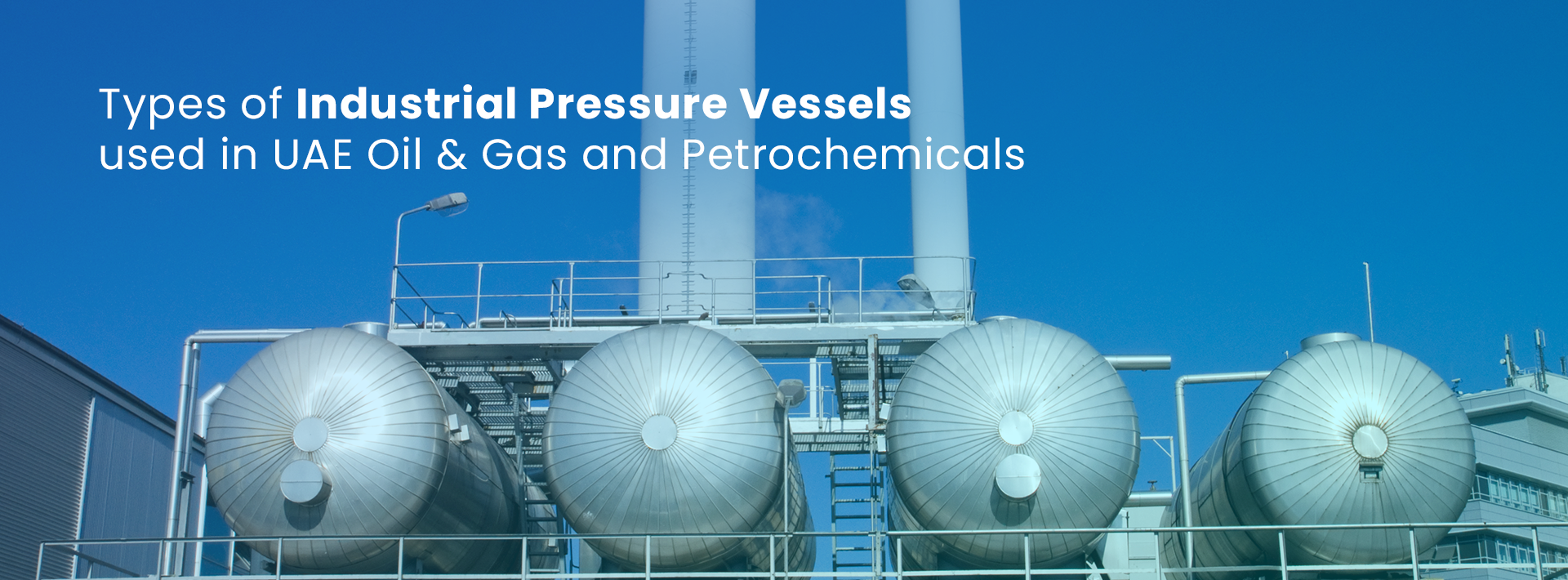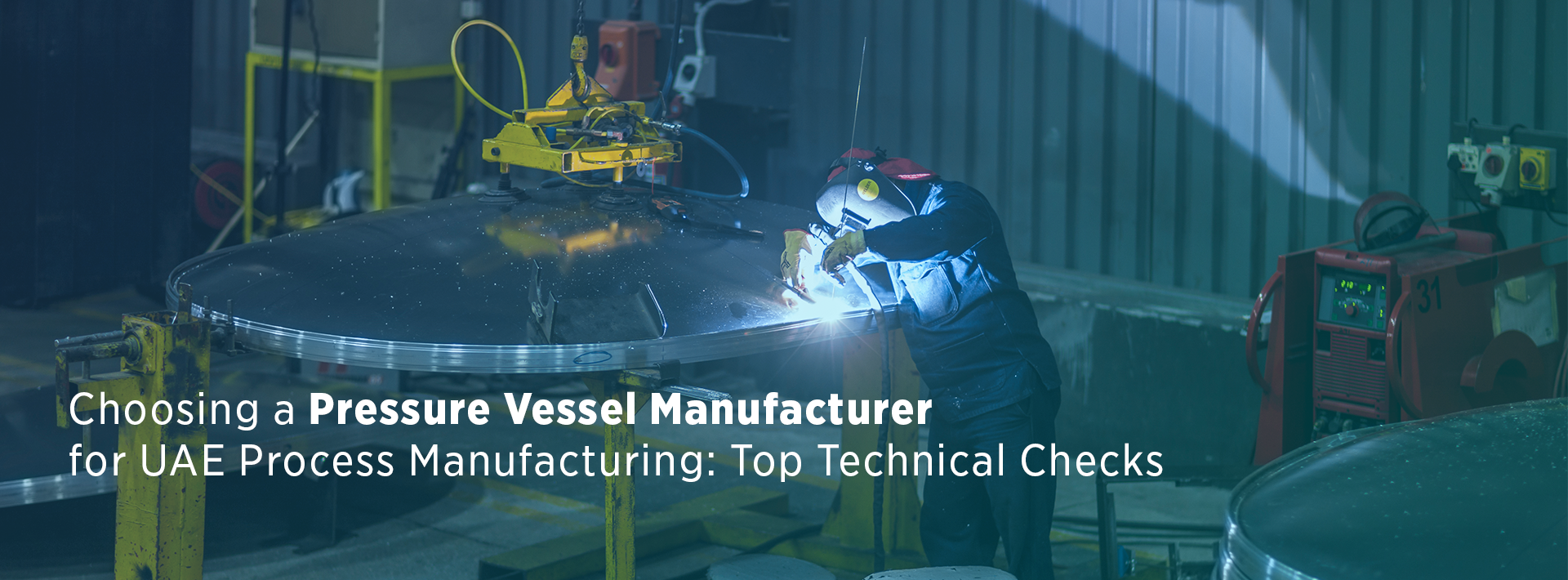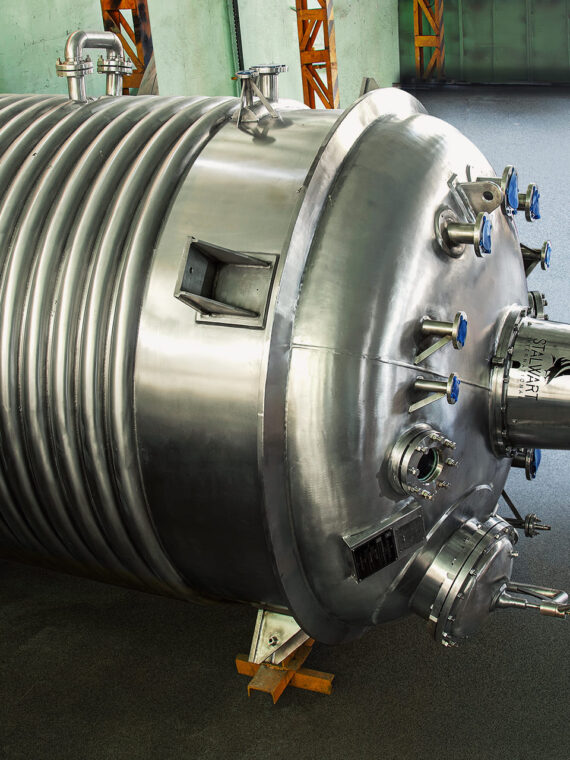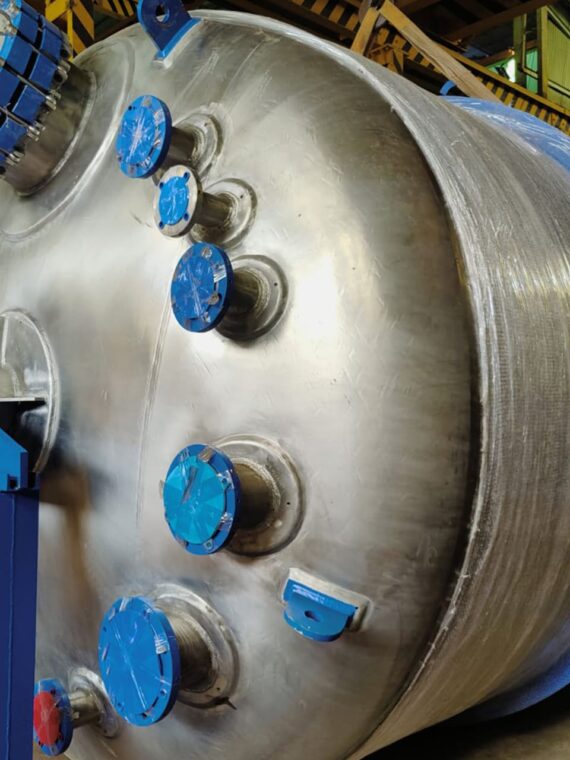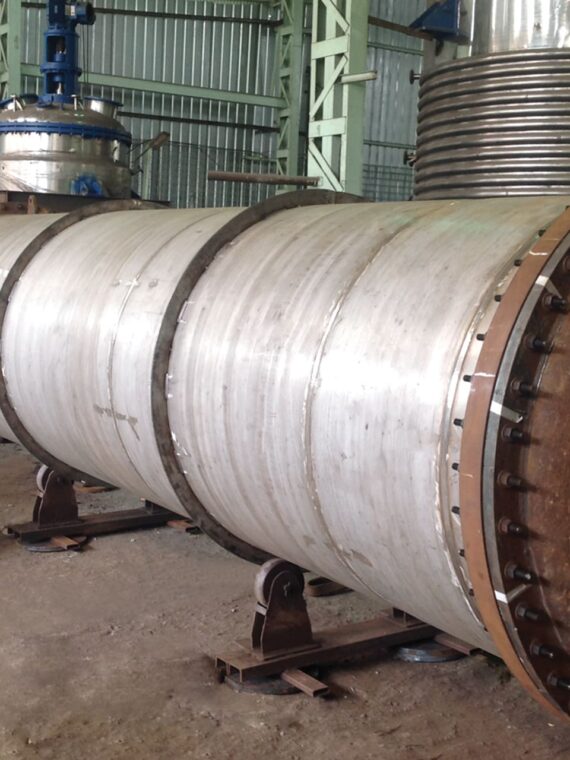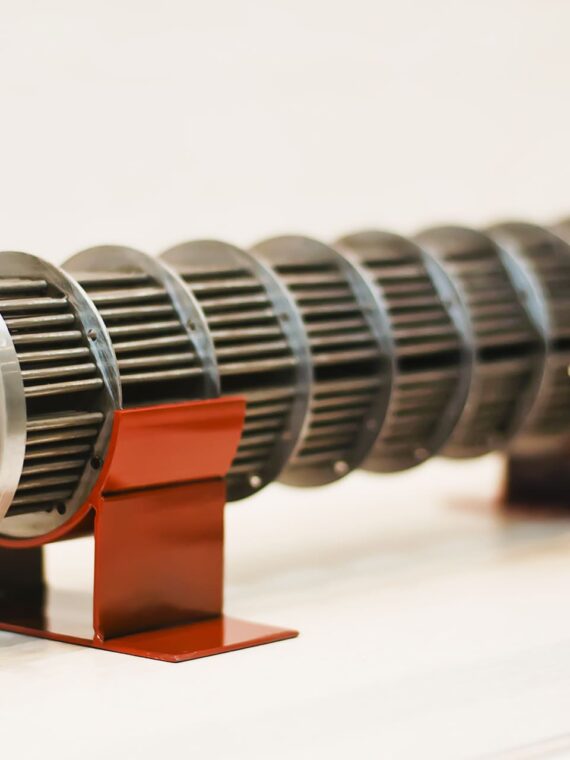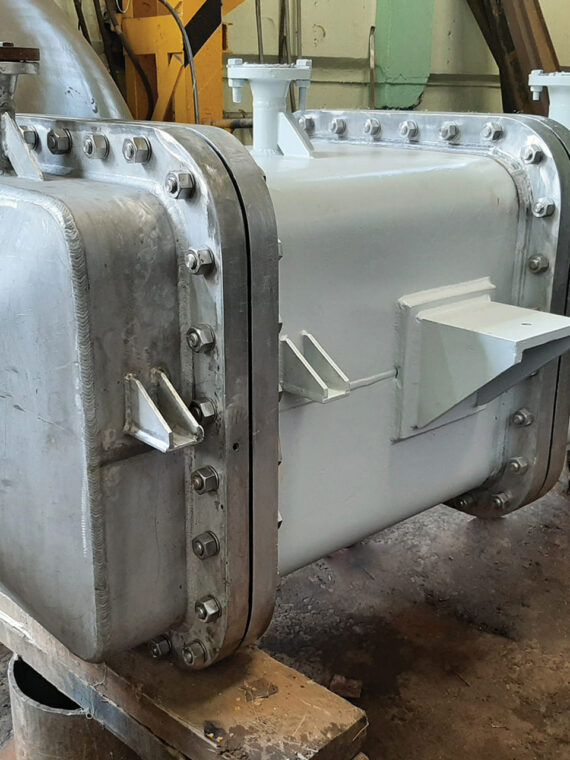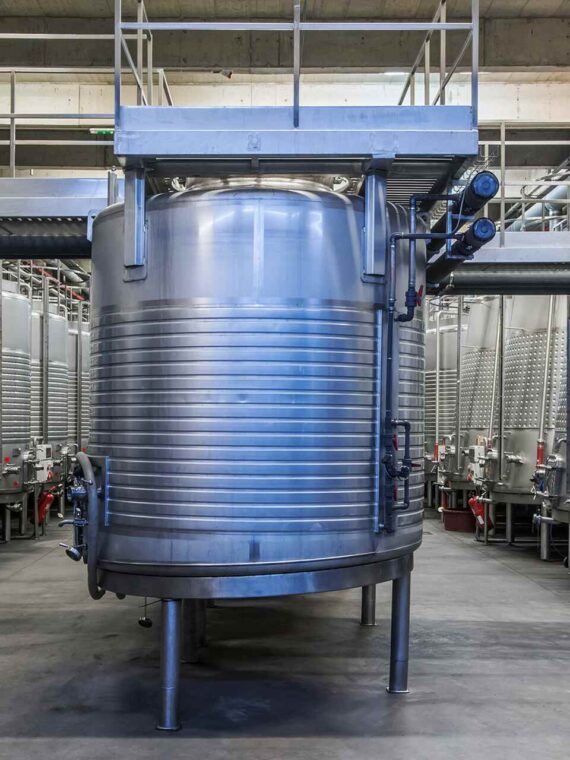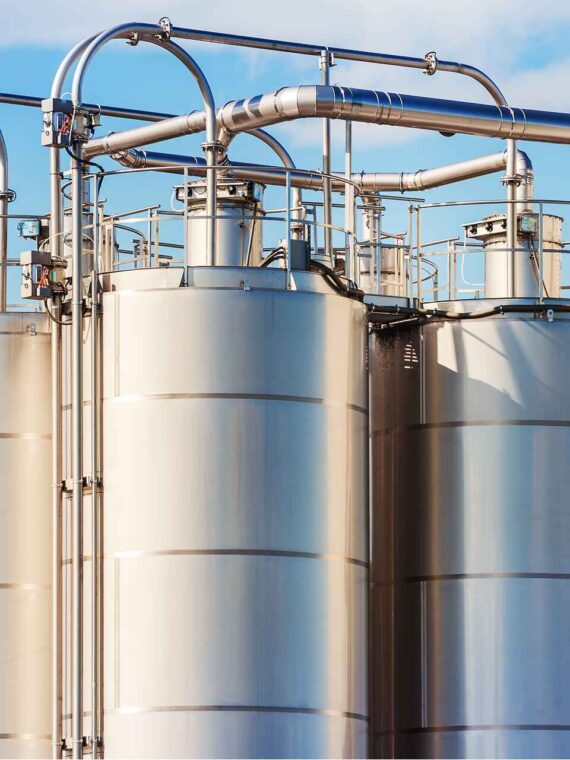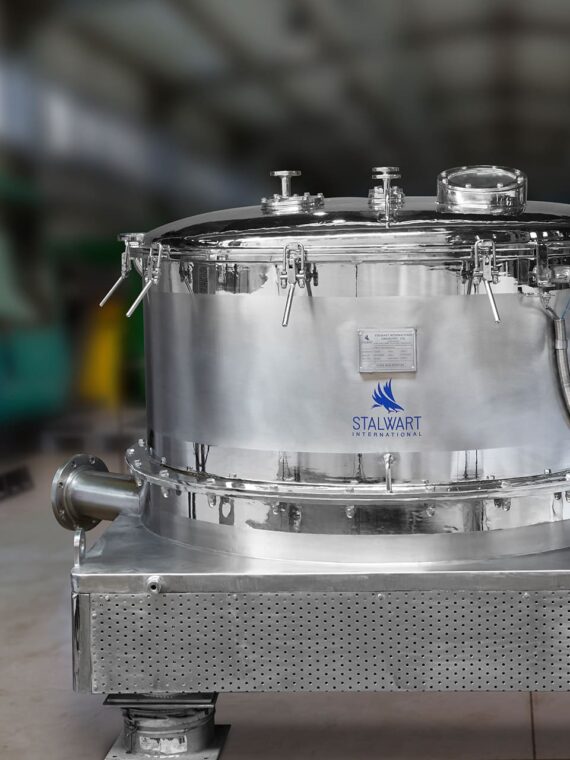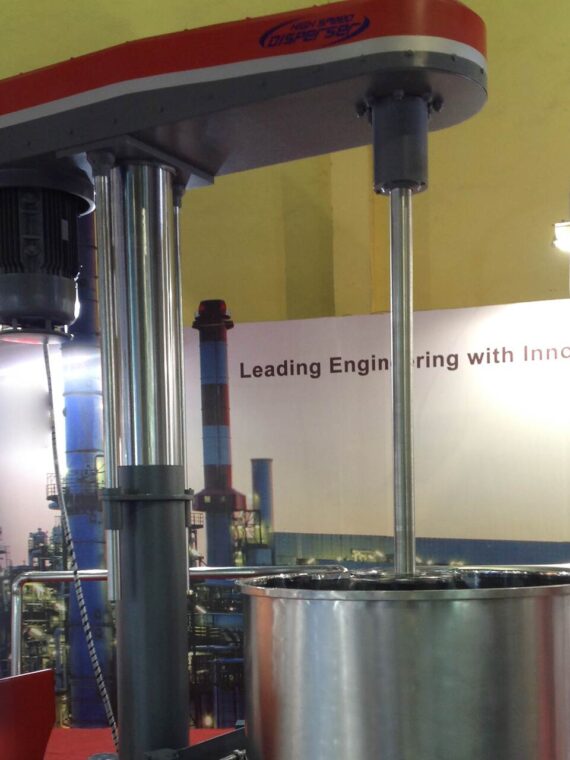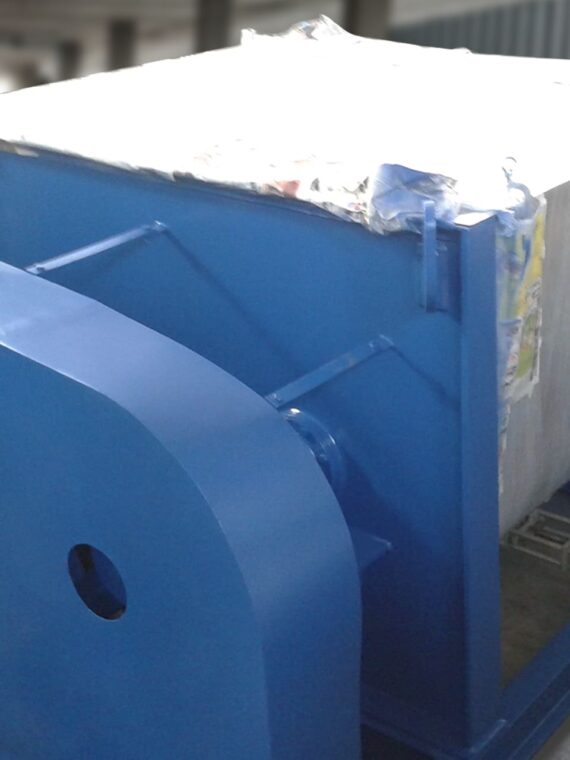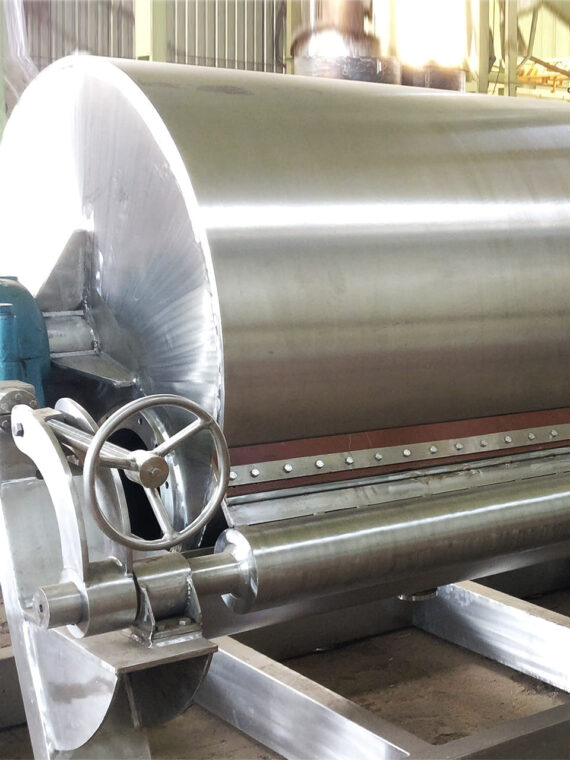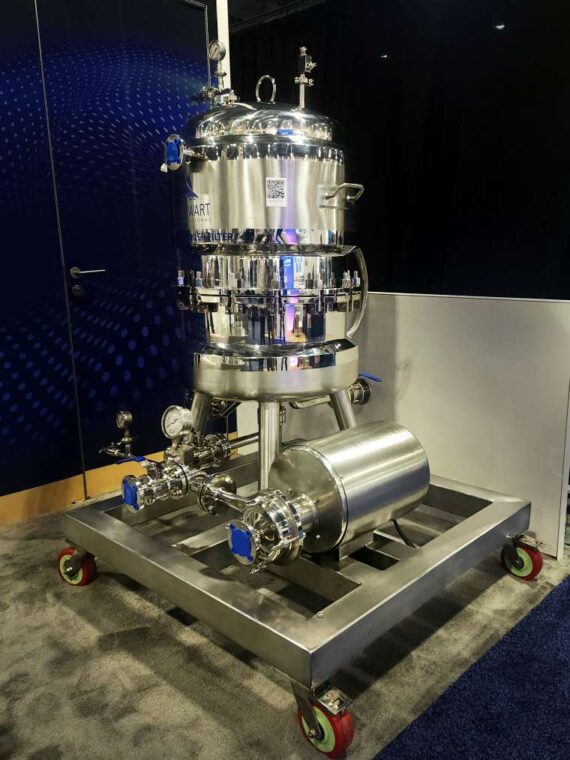In fields such as chemical processing and pharmaceuticals, industrial reactors play a vital role. An important element found in these reactors is the limpet coil, which is crucial for maintaining temperature control during different processes. However, these coils undergo stress and wear from repeated operations at high temperatures followed by cooling cycles. This article explores the intricacies of limpet coils, the challenges they face, and the innovative solutions developed by Stalwart International to improve their durability and performance.
Exploring Continuous Limpet Coils
A limpet coil is wrapped around the surface of a reactor vessel. Its main function is to regulate the temperature of the reactor by circulating a heating or cooling medium through the coil. This process ensures that the contents of the reactor remain within the desired temperature range, leading to optimal reaction rates and product quality.
Types of Limpet Coils
Limpet coils come in designs tailored to specific applications:
- Single Coil: A continuous coil wound around the reactor.
- Dual Coil: Two coils are typically used for switching between heating and cooling phases.
These coils, including the half-pipe coil created from a section of a pipe, are crucial in industries where precise temperature control is critical. Sectors like chemical processing, pharmaceuticals, petrochemicals, and food production rely on these coils for their operations. When creating a limpet coil, factors such as material selection, determining the number of coils needed, and securing them to the reactor shell are carefully evaluated. The typical operational procedure involves circulating steam for heating and switching to water for cooling. It is crucial to monitor the temperature to maintain it within the desired range.
Challenges During Operation
Limpet coils encounter obstacles mainly due to high temperatures and frequent cooling cycles with water. The continuous heating and cooling processes put stress on the coil and its weld joints, leading to material fatigue and eventual failure. Thermal stress resulting from temperature fluctuations can also cause materials at weld joints to crack, especially where the metal may already be weakened from welding.
Common Failure Points
The connection point between the shell and the limpet coil is often an area prone to stress concentration. Additionally, butt joints where sections of the limpet coil are joined together are also susceptible to failure.
Instances of Failures
Various industries have faced issues with their limpet coil systems, resulting in downtime and necessary repairs. For instance, a chemical plant encountered a breakdown in its limpet coil due to poor welding practices, causing disruptions in production.
Strategies for Enhancing Durability
- Reducing the Number of Joints: A critical method to improve the longevity of limpet coils involves minimizing the quantity of joints. By reducing the number of joints, there are fewer failure points, decreasing the likelihood of leaks and associated problems.
- Material Choice: Utilizing solution annealing, which consists of heating the material to high temperatures and then cooling it down, boosts material strength and its ability to withstand stress.
Adhering to ASME regulations is vital in ensuring the safety and structural stability of pressure vessels equipped with limpet coils. Compliance with these standards is essential for upholding the system’s dependability.
Detection of Leaks and Insulation
When it comes to leak detection, pneumatic testing is carried out after welding by pressurizing the system with air or inert gas to identify any leaks or drops in pressure.
Insulation plays a crucial role in regulating temperatures by improving the efficiency of heating and cooling processes. It helps reduce heat loss, which is essential for keeping the reactor at the desired temperatures. Insulation materials like fiberglass, mineral wool, and Light Resin Bonded (LRB) blankets offer tailored advantages based on application requirements. LRB blankets are distinguished by their insulation properties and ease of installation. Their ability to resist high temperatures makes them a preferred option for limpet coil systems.
Due to degradation over time under high-temperature conditions, insulation blankets cannot be reused. Reusing insulation blankets repeatedly can decrease their effectiveness and cause heat to escape. Therefore, it is crucial to use new insulation blankets for each heating cycle.


